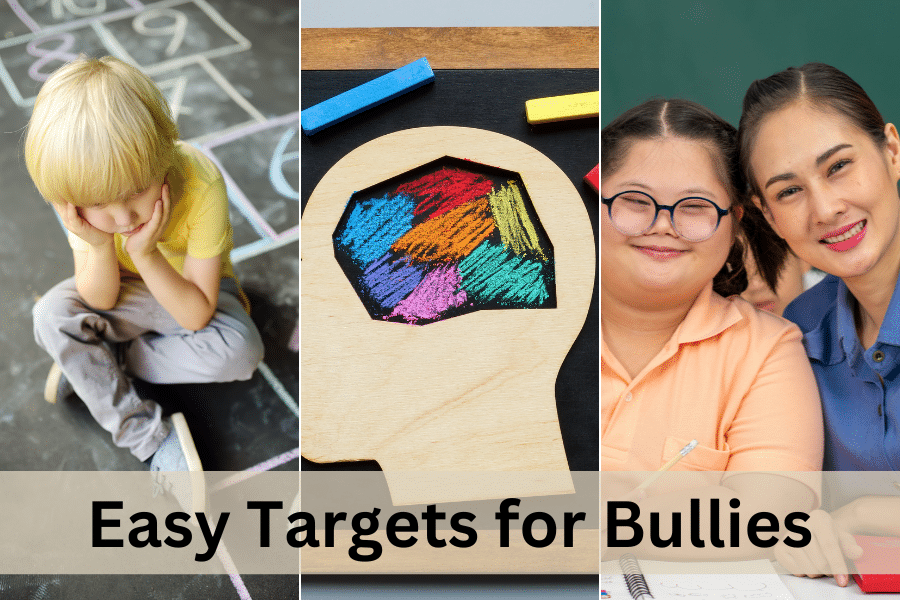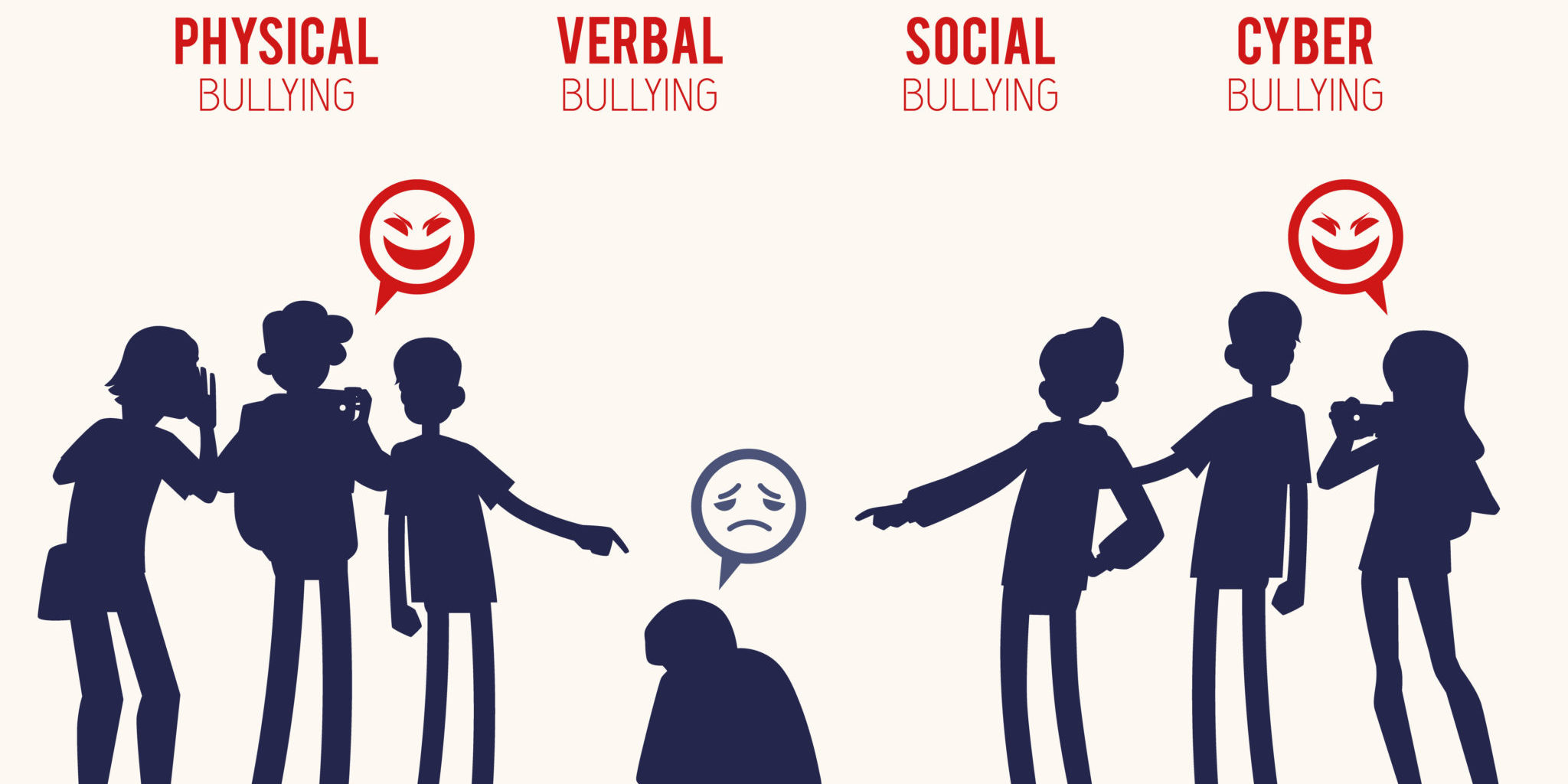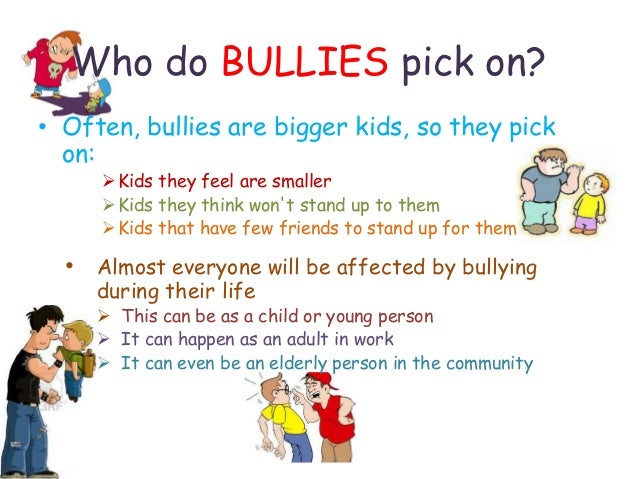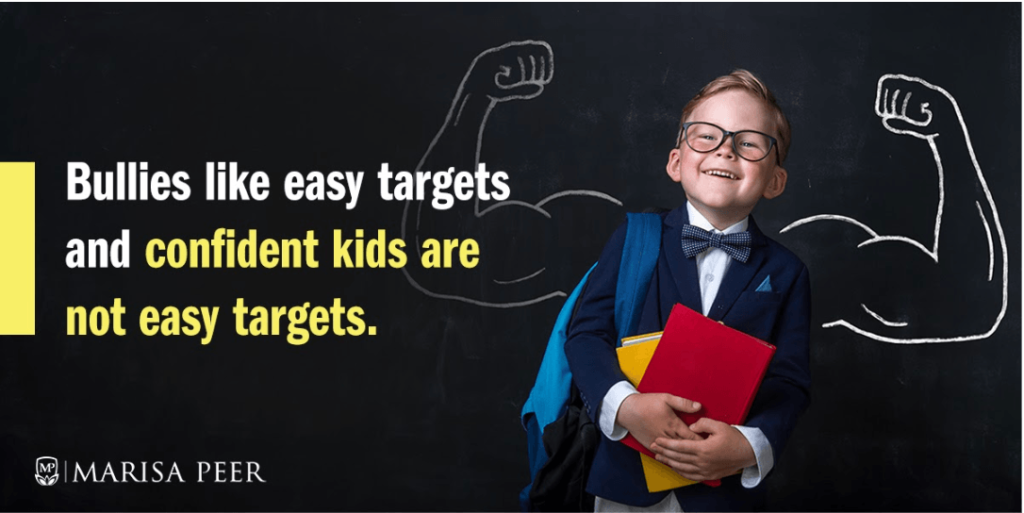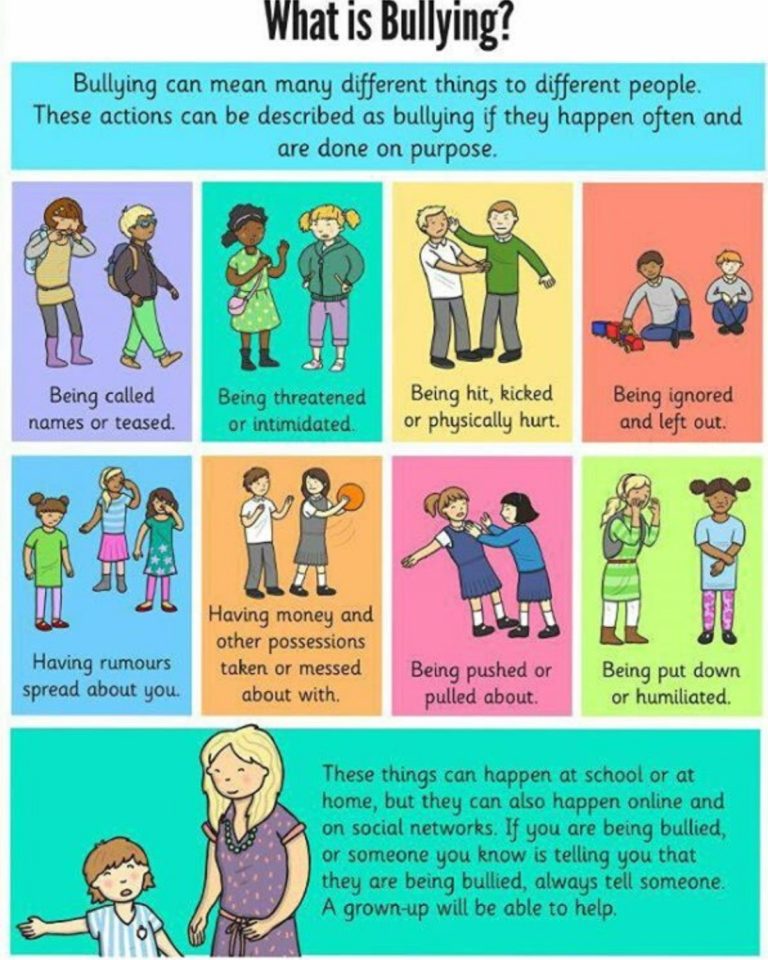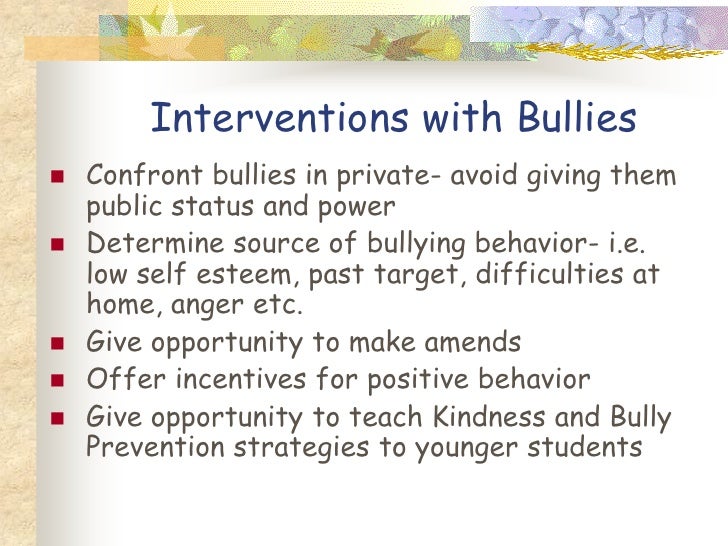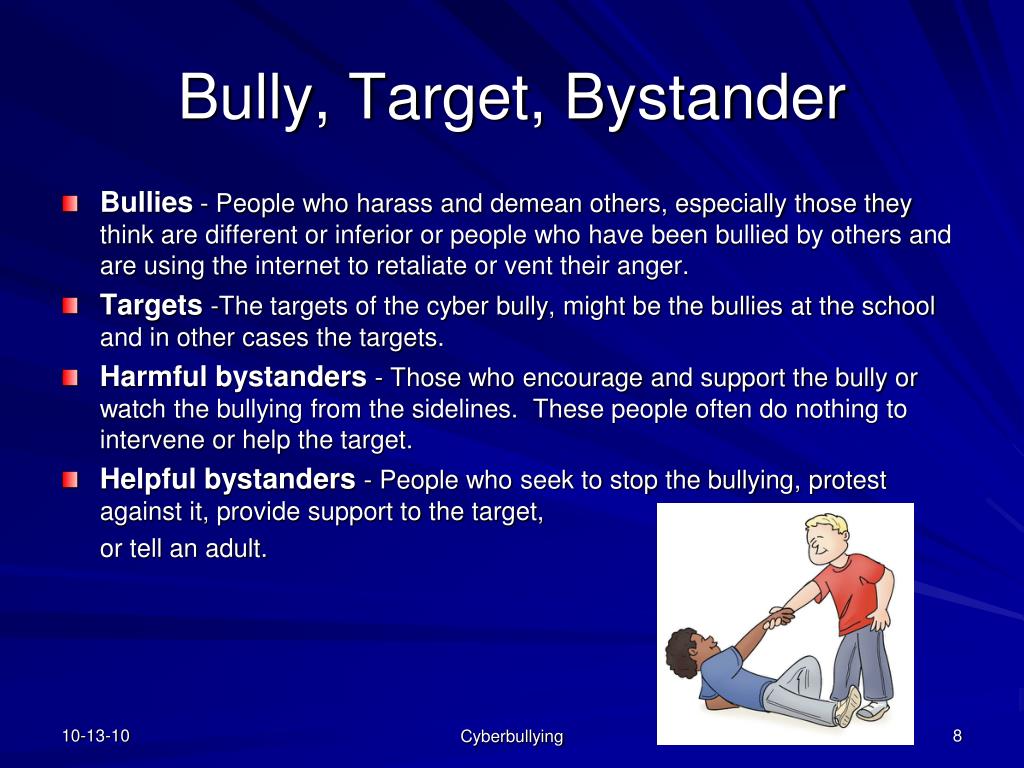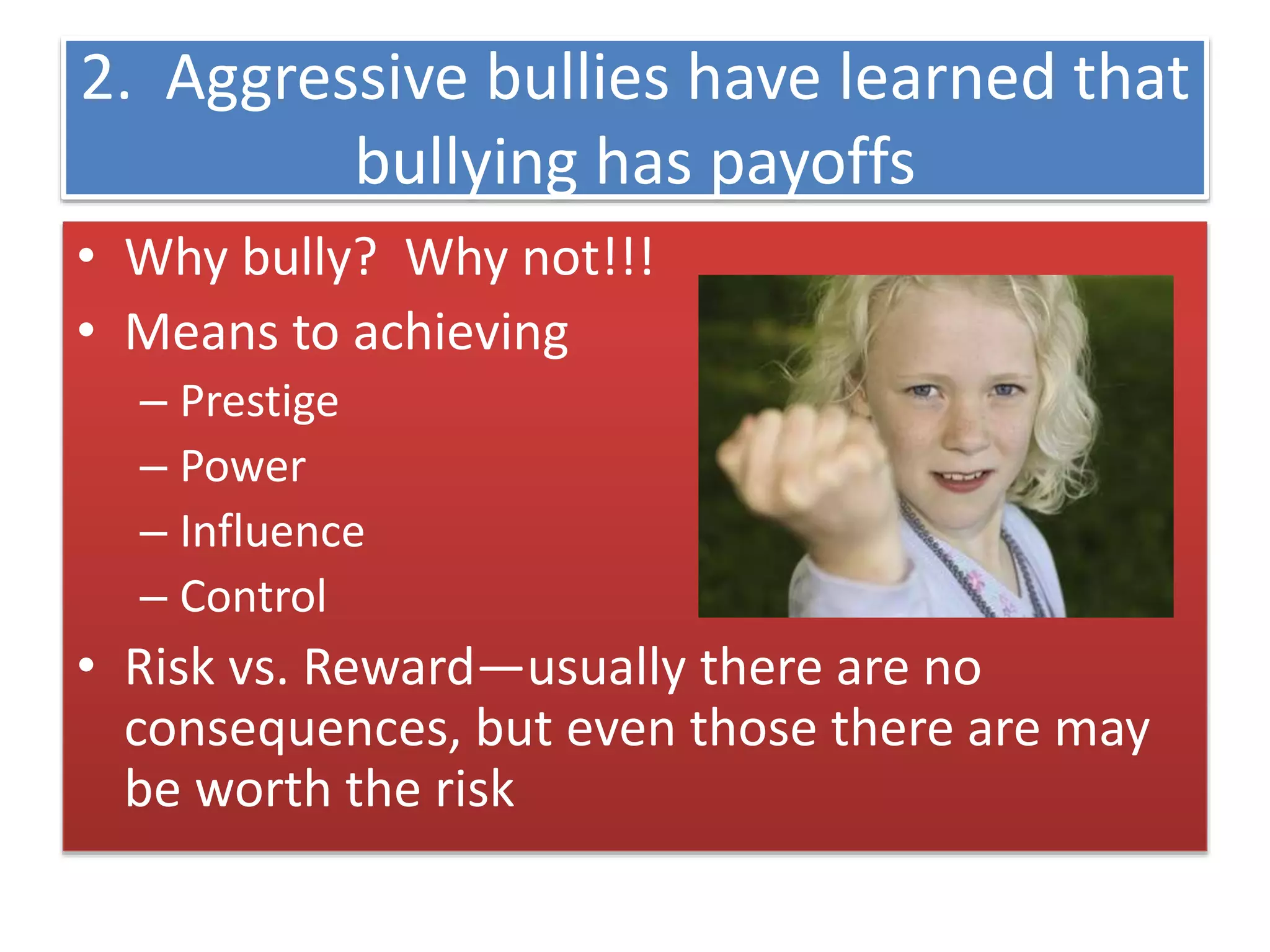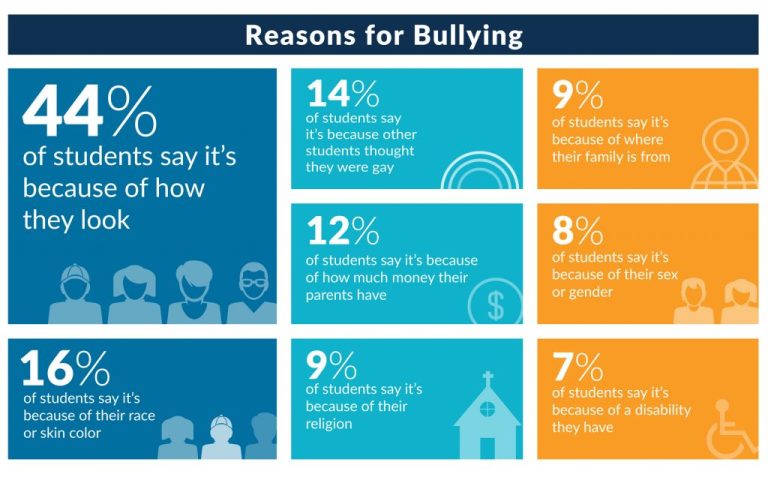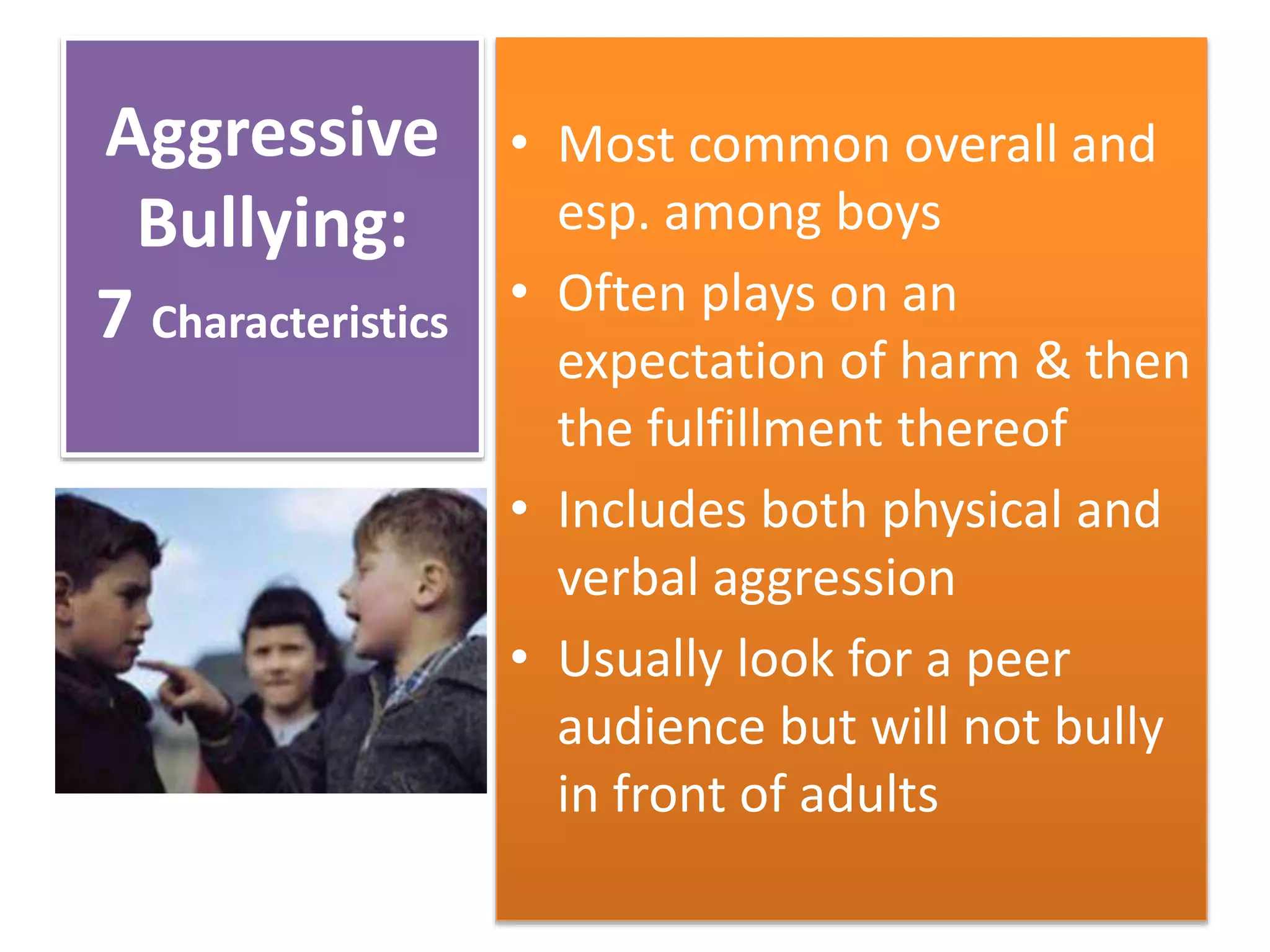Why Am I An Easy Target For Bullies

The sting of a taunt, the dread of walking down the hallway, the silent tears shed after another online attack – these are the realities for far too many individuals grappling with the agonizing experience of being bullied. While the act of bullying is undeniably the perpetrator's fault, a crucial question often lingers in the minds of those targeted: "Why me?"
This article delves into the complex factors that can contribute to an individual becoming an easy target for bullies. It's important to state clearly that bullying is never the victim's fault. The intention here is to shed light on potential vulnerabilities that bullies may exploit, empowering individuals to understand and address these factors, ultimately fostering resilience and safety.
Understanding the Dynamics of Bullying
Bullying is a multifaceted issue encompassing power imbalances, intentional aggression, and repeated harmful behaviors. According to StopBullying.gov, a federal government website managed by the U.S. Department of Health and Human Services, bullying can take many forms, including physical, verbal, social, and cyberbullying.
The reasons why bullies target certain individuals are varied and often rooted in the bully's own insecurities and desire for control. Research suggests that bullies often seek out individuals they perceive as vulnerable, whether that vulnerability is real or perceived.
Perceived Differences and Vulnerabilities
One significant factor is perceived difference. Individuals who stand out from the perceived norm, whether due to their appearance, interests, or social skills, can become targets. This "difference" provides the bully with an easy point of attack.
For example, a child with a physical disability, a student who excels academically, or someone who expresses unconventional opinions might be singled out. Bullies often thrive on exploiting these differences to gain power and validation within their peer group.
Another contributing factor is perceived vulnerability. Bullies often target individuals they believe will not retaliate or report the bullying. This perception can stem from factors such as low self-esteem, social isolation, or a history of being victimized.
The Role of Social Dynamics
Social dynamics within a school or community play a crucial role. A lack of adult supervision, a culture of silence, or a general acceptance of aggressive behavior can create an environment where bullying thrives. Bystanders, who witness the bullying but do not intervene, can inadvertently reinforce the bully's behavior.
According to the National Education Association (NEA), a strong school climate that emphasizes respect, empathy, and inclusion is essential for preventing bullying. Schools that have clear anti-bullying policies, provide training for staff, and actively involve students in promoting positive behavior are more likely to create a safe and supportive environment.
Addressing the Issue: Empowerment and Prevention
Understanding the factors that can make someone a target for bullying is the first step toward empowerment. While it's crucial to remember that the blame lies solely with the bully, recognizing potential vulnerabilities can help individuals develop coping strategies and build resilience.
Developing strong social skills, asserting boundaries, and seeking support from trusted adults are all important steps. Building self-confidence and self-esteem can also make individuals less appealing targets for bullies.
Furthermore, creating a more inclusive and supportive environment is essential for preventing bullying. This requires a collective effort from parents, educators, and community members. By promoting empathy, challenging harmful stereotypes, and holding bullies accountable, we can create a society where everyone feels safe and respected.
Building Resilience and Seeking Support
For individuals who are currently experiencing bullying, seeking help is paramount. Talking to a trusted adult, such as a parent, teacher, counselor, or family member, can provide emotional support and practical guidance.
Many organizations offer resources and support for bullying victims. The Trevor Project, for example, provides crisis intervention and suicide prevention services to LGBTQ young people, who are often disproportionately targeted by bullies. It is critical to remember that you are not alone, and help is available.
Ultimately, addressing the issue of bullying requires a multifaceted approach that focuses on prevention, intervention, and empowerment. By understanding the dynamics of bullying and working together to create safer and more inclusive environments, we can help to protect vulnerable individuals and create a world where everyone can thrive.
